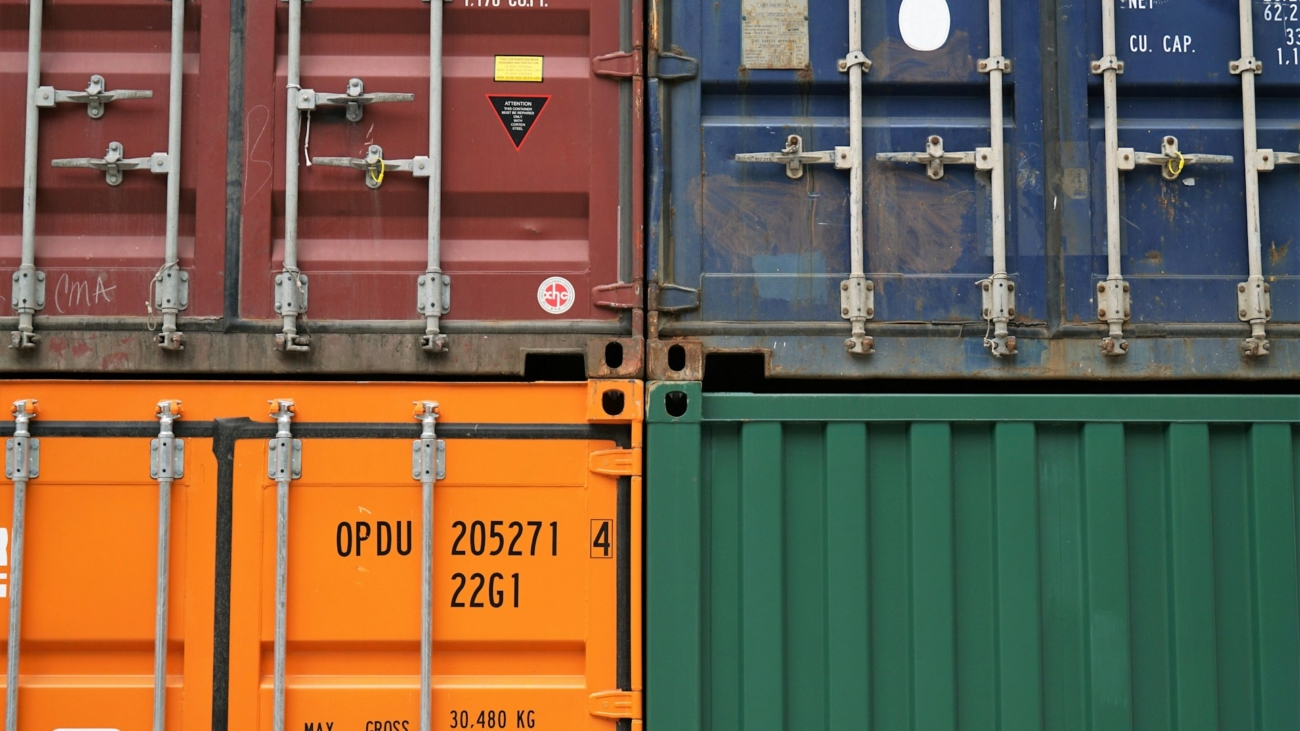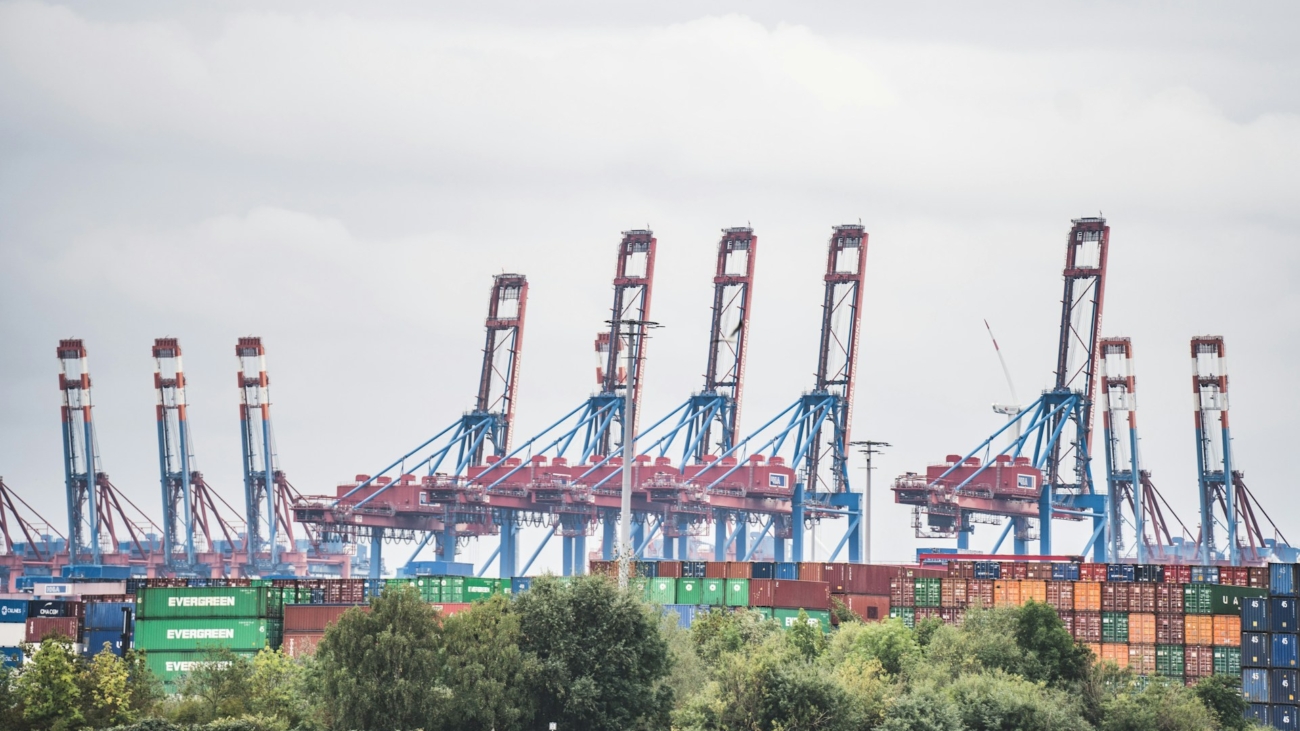As Bangladesh continues to grow and develop, the importance of sustainable practices in freight forwarding becomes increasingly evident. The logistics and transportation sector plays a crucial role in the country’s economy, and adopting eco-friendly practices can significantly contribute to environmental preservation and economic efficiency. This blog explores the various sustainable practices that freight forwarding companies in Bangladesh can implement to promote a greener and more sustainable future.
1. Embracing Green Technologies
One of the most effective ways to achieve sustainability in freight forwarding is by embracing green technologies. This includes the use of energy-efficient vehicles, electric trucks, and hybrid engines that reduce carbon emissions and fuel consumption. Additionally, implementing advanced telematics systems can optimize route planning, reduce idle times, and improve fuel efficiency. By investing in green technologies, freight forwarders can minimize their environmental impact and contribute to a cleaner and healthier environment.
2. Implementing Eco-Friendly Packaging
Sustainable packaging is another critical aspect of green freight forwarding. Companies can adopt eco-friendly packaging materials, such as biodegradable plastics, recycled paper, and reusable containers, to reduce waste and minimize their carbon footprint. Moreover, optimizing packaging design to reduce the volume and weight of shipments can lead to significant savings in transportation costs and fuel consumption. By prioritizing sustainable packaging, freight forwarders can enhance their environmental responsibility and appeal to eco-conscious customers.
3. Promoting Intermodal Transportation
Intermodal transportation involves the use of multiple modes of transport, such as rail, road, and waterways, to move goods efficiently and sustainably. By leveraging the strengths of each mode, freight forwarders can reduce their reliance on road transport, which is often associated with higher carbon emissions. For instance, using rail transport for long-distance shipments can significantly lower greenhouse gas emissions compared to road transport. Promoting intermodal transportation not only reduces environmental impact but also enhances the overall efficiency and reliability of the supply chain.
4. Adopting Digital Solutions
Digital solutions, such as blockchain technology, predictive analytics, and automation, can play a pivotal role in promoting sustainability in freight forwarding. These technologies enable real-time tracking of shipments, streamline documentation processes, and improve communication between stakeholders. By enhancing visibility and transparency in the supply chain, digital solutions can help identify inefficiencies and areas for improvement. Additionally, predictive analytics can optimize inventory management and demand forecasting, reducing the need for excess stock and minimizing waste.
5. Encouraging Collaboration and Partnerships
Collaboration and partnerships are essential for driving sustainability in the freight forwarding industry. Freight forwarders can work together with suppliers, customers, and other stakeholders to develop and implement sustainable practices. Public-private partnerships can also play a crucial role in promoting green initiatives and policies. For example, establishing a national “green freight program” that builds on public-private collaboration can accelerate the adoption of green freight practices and technologies1. By fostering a culture of collaboration, the industry can collectively work towards a more sustainable future.
6. Educating and Training Employees
Employee education and training are vital for the successful implementation of sustainable practices. Freight forwarding companies can conduct training programs to raise awareness about the importance of sustainability and provide employees with the necessary skills and knowledge to adopt eco-friendly practices. Encouraging a culture of sustainability within the organization can lead to more proactive and innovative approaches to environmental responsibility.
Conclusion
Sustainable practices in freight forwarding are essential for promoting environmental preservation and economic efficiency in Bangladesh. By embracing green technologies, implementing eco-friendly packaging, promoting intermodal transportation, adopting digital solutions, encouraging collaboration, and educating employees, freight forwarders can significantly reduce their environmental impact and contribute to a greener future. As the industry continues to evolve, the adoption of sustainable practices will play a crucial role in driving long-term success and sustainability.





